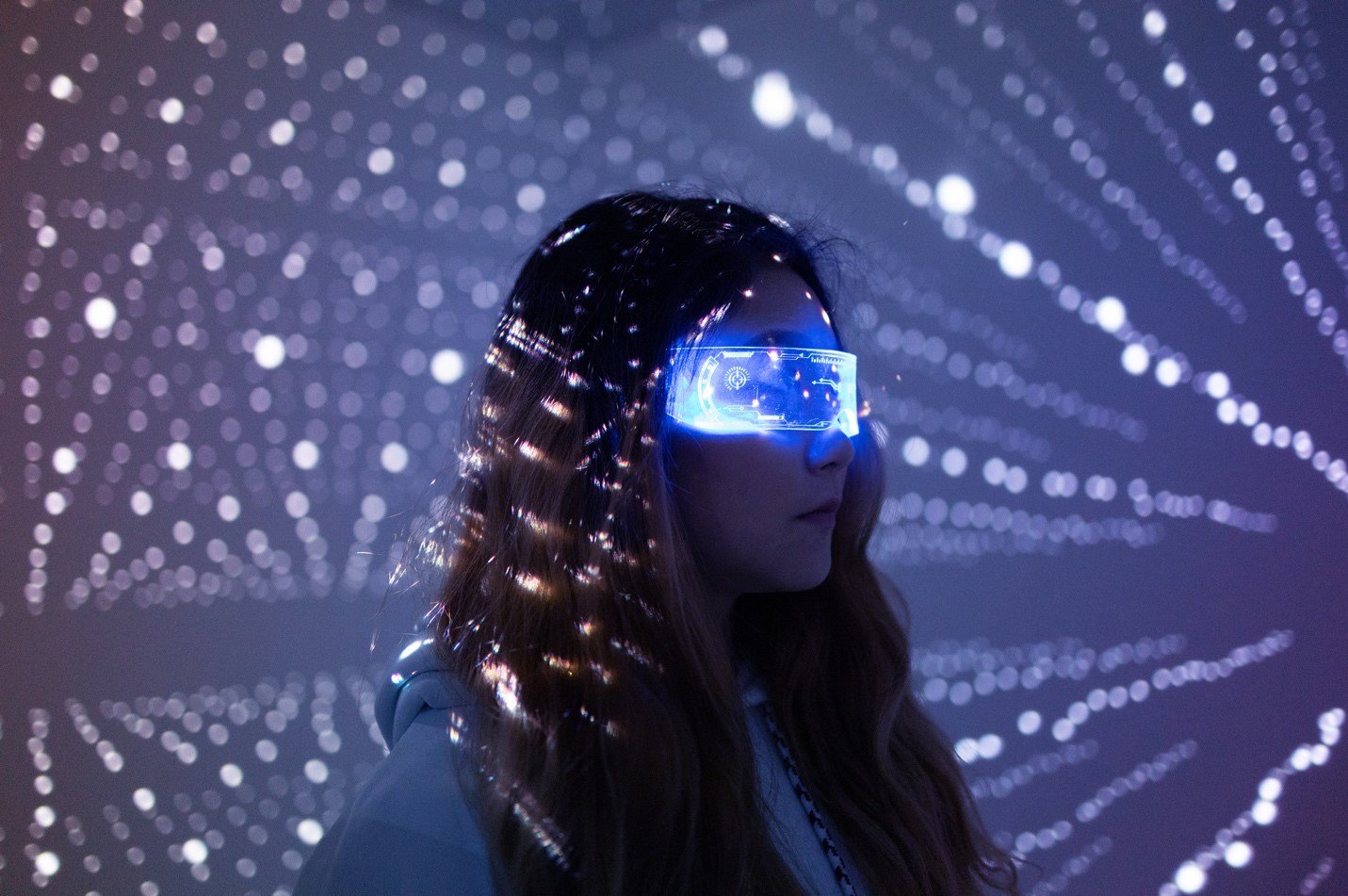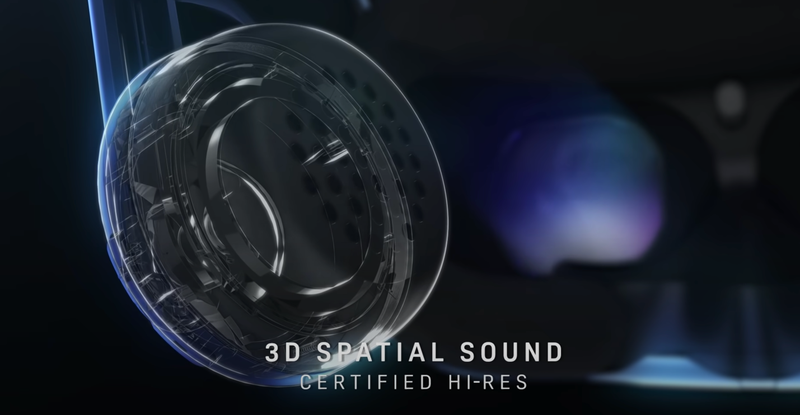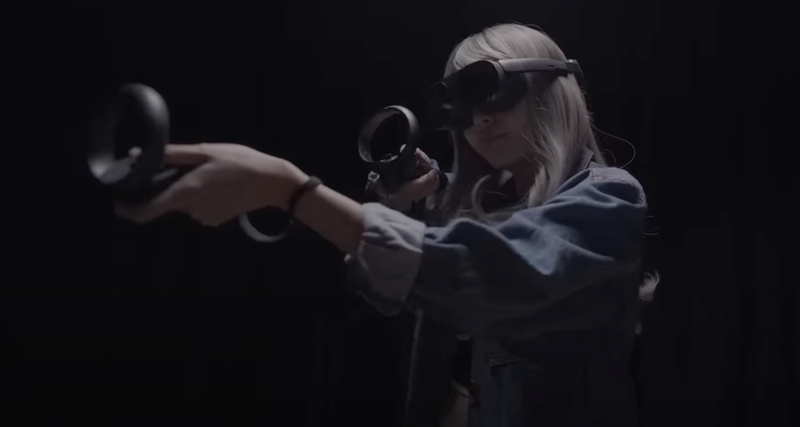What is Immersion? The Experience of Virtual Reality - VR 101: Part I

Product Announcements | Headsets
13-minute read
New to VR? If you’ve ever seen someone wearing a VR headset and wondered what it was like, you owe it to yourself to find out!
Virtual reality is a uniquely immersive experience — and one of the great innovations of our time. It’s also easier to get into than you may think.
In this blog post series, we’ll take you through the basics of VR, including what it is, why a VR headset’s specs matter, and how you can best enjoy this technology.
Familiarizing yourself with the concepts we’re about to cover will help you understand virtual reality and the ways VR headsets differ from smartphones, PCs, tablets, and other devices.
Ready to dive in? Let’s start off by examining two closely related ideas — VR and immersion — in this first blog post. You’ll get a sense of what VR headsets are supposed to do without being bogged down in specific hardware features.
What is virtual reality?
Virtual reality (VR) is an immersive experience achieved via a computer-generated simulation. That experience includes audio, visual, and sometimes tactile elements that together make you feel like you’re physically present in an artificial 3D environment. (Such an environment could be part of the metaverse, but that’s a topic for another day.)
The virtual simulation runs on a device — e.g., a VR headset — or combination of devices that can accurately detect the position and orientation of your head (and possibly other parts of your body). This data is used to deliver corresponding graphics, sounds, and haptics to your eyes, ears, and hands, respectively.
In other words, what you see, hear, and, in some cases, feel in VR is directly related to your real-time movements. ![]()
Virtual reality includes a wide range of online and offline experiences.
How these visual, audio, and tactile stimuli are delivered also affects how realistic your experience feels. Looking at a 3D world on the flat screen of a phone in your hand, for example, is quite different from viewing it on a pair of curved screens placed close to your eyes.
The latter method better produces the illusion of depth, which is part of how VR headsets create immersion.
What is immersion?
Immersion in VR refers to the sensation of having physical presence in a simulated space. It is the feeling that you’re occupying a virtual environment instead of the real world.
Most kinds of media have very little immersion. When you watch a film on your computer or TV screen, you’re still aware (to some extent) of the room you’re in. Unless you’ve got a truly vivid imagination and remarkable concentration skills, you probably don’t feel like you’re inside the movie. 
Real-world distractions can often get in the way of a good movie.
At a movie theatre, meanwhile, you may have a more immersive experience watching the exact same film. A bigger screen in a darker, hopefully quieter environment is meant to help you appreciate and become absorbed in the movie.
Virtual reality takes immersion a step further, bringing you right into the action. Whether it’s movies or games, virtual worlds or meetings, VR surrounds you with highly engaging sights and sounds that can redefine what you perceive as real.
How do VR headsets create immersion?
Tricking your brain into believing that you’re actually in a virtual world basically requires two things: believable stimuli from the VR headset you’re wearing and the absence of disruptive stimuli from your physical surroundings.
By “believable stimuli,” we just mean that what you see, hear, and feel are at least somewhat realistic.
Let’s say, for instance, that you’re exploring a rainforest in VR. You should be able to see lush green plants up close and maybe observe insects crawling on the ground. You probably hear birds chirping above or monkeys howling in the distance.
If the trees around you look blurry or pixelated, however, or those birds sound like a low-quality recording, you’re very quickly reminded that you’re not really in the rainforest — the immersion is lost. Believable graphics and sound must thus be crisp and clear.
“Disruptive stimuli,” as you’ve probably guessed, refers to anything around you that takes away from the immersive experience.
In the same example as above, if the virtual rainforest is nice and shady but light from your desk lamp enters your view, or if the sounds of wildlife are drowned out by your cat meowing for attention, your immersion is reduced because you’re made aware of your physical environment. A VR headset should block out stimuli from the real world to a reasonable extent.  Your real-world pet may have something to say about your using VR.
Your real-world pet may have something to say about your using VR.
Of course, these are just simple examples. There’s a lot more that goes into creating an immersive VR experience. Below we’ll take a closer look at the way VR provides immersion with different kinds of stimuli:
Visuals: a feast for your eyes.
Audio: as much about physics as about atmosphere.

Music and sound effects can make the virtual experience more immersive.
Haptics and beyond: new ways to feel immersion.

Well-designed VR controllers make navigating virtual reality more intuitive.
Prepare to be immersed.
With this introduction, we’ve stated that virtual reality is an immersive experience and given you an idea of what that experience is like. We haven’t said much about VR headsets or the VR apps and games that together produce the feeling of immersion.
You might be wondering how virtual reality varies across different devices or the kind of immersive experience a given VR headset can provide. These answers call for a basic understanding of a VR headset’s specs and features as well as the software available on it.
In the next post, we’ll dive into the hardware side of things and show you how a VR headset’s specifications relate to the immersive experience it offers. Read part two of our VR 101 series now!


